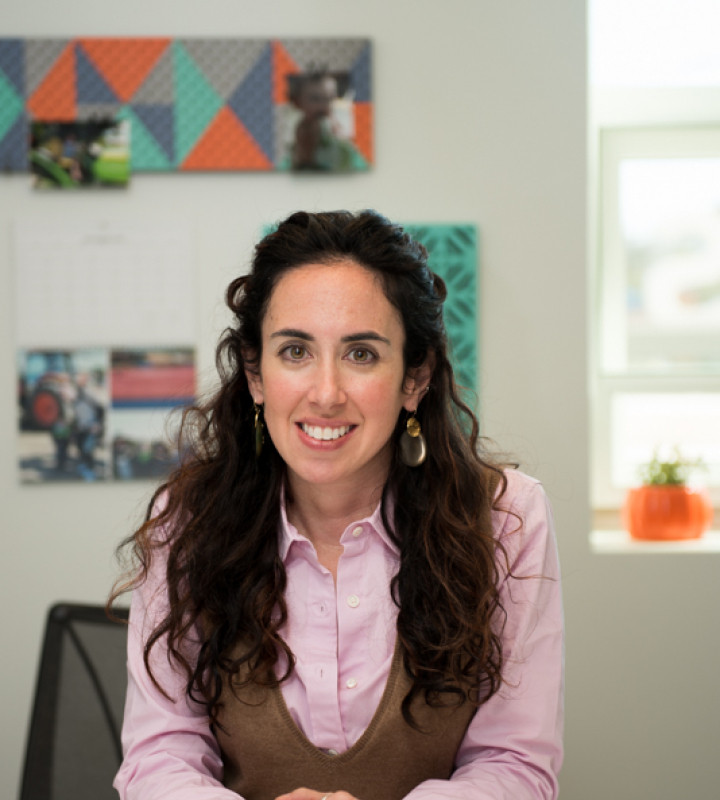Receiving a life-changing
diagnosis presents many challenges, including a potential choice among several
treatment options. Deciding on a treatment option can be complicated by clinician
preference for certain treatment plans, use of medical jargon, and a lack of
open communication with patients. Clinicians may turn to shared decision-making
to help patients understand the risks and benefits of each treatment option and
support choices that align with their values and preferences.
Shared decision-making, which involves open communication
between patients and their doctors about health decisions, empowers patients to
make informed care choices that meet their preferences. Breaking down complex
medical terms, encouraging patients to ask questions, and inquiring about their
care values and priorities can ease the burden of making difficult care
choices. Effective shared decision-making can also transform the quality of
care, increase health literacy, and help build trust with healthcare
institutions.
Greenwall Faculty Scholar Alum, Keren Ladin, PhD, is leading a multi-year study that compares two ways
clinicians can help patients learn about and confidently decide on a treatment option.
The first is business as usual: clinicians tell their patients what their
treatment options are during a visit and send them home with a booklet
reiterating what they’ve shared. The second adds a web-based decision aid to
encourage shared decision-making. The study, slated to end in 2023, focuses on older
patients with chronic kidney disease (CKD), which prevents the kidneys from
effectively removing waste from the blood. The disease often results in
complete loss of kidney function.
CKD patients have a number of care options: kidney transplantation, dialysis, and supportive care, “which focuses on managing symptoms and maintaining the quality of life without transplant or dialysis.” When decisions are preference sensitive, shared decision-making is the best approach to help patients make decisions that promote their values and preferences. For example, kidney transplantation may not be a suitable option for all patients, especially older patients with comorbidities. For older patients with advanced kidney disease, dialysis may not confer significant survival benefits compared to medical management and has significant quality of life implications—draining energy, changing appetite, and drastically altering a patient’s ability to do things they love. Being informed about the risks and benefits of all options is important to help patients select the treatment that best allows them to meet their goals.
Unfortunately, many discussions about treatment don’t provide a
comprehensive description of all three treatment options or create a space that
encourages questions, making it hard for patients to make a choice that aligns
with their care preferences and values. Instead, the traditional process can
overwhelm patients with information and leave little room for reflection on
patient preferences.
Prof. Ladin’s study—known as the
Decision Aid for Renal Therapy (DART) trial and funded by the Patient-Centered
Outcomes Research Institute (PCORI)—is working to change that. The web-based
interactive decision aid used in the DART study shares treatment options with
CKD patients in layman’s terms, includes thoughtful prompts that inspire
patients to think about their care preferences, and offers a space for patients
to record questions they want to ask clinicians during their next visit. The idea
is that supplementing additional education with DART will foster shared
decision-making and increase health literacy among CKD patients.
Prof. Ladin and her team evaluate
patients for up to 18 months after their initial discussions with a doctor.
During that year and a half, they investigate subsequent care decisions, ask
patients if they feel confident making care decisions, and inquire how
satisfied they are with the care they receive. The team expects DART will
encourage collaboration between patients and their clinicians, leading to
choices that reflect patient preferences and preserve the parts of life they
cherish. “[O]ur decision aid
really helps align what you care about in your last stage of life with what
treatment you’re going to receive, and it helps you ask those important
questions like: Will this allow me to keep gardening? Will this allow me to
keep going to my bingo night? Or, what is the impact on my ability to travel?
[These are some of] the things that older people have told us that they care
about,” explained Prof. Ladin.
Prof. Ladin has complemented her
work on DART by reviewing kidney replacement therapy
patient education sessions to understand how helpful existing supplemental
resources are to patients trying to make informed decisions. She and her
team found that the supplemental materials
“were often too broad to address specific decision-making needs, and many
patients were overwhelmed by dense material.” Additionally, the education
sessions were full of content gaps, including “prognosis, decision support,
mental health and cognition, advance care planning, cost, and diet,” and lacked
plain language that would bolster health literacy.
Several other members of the
Greenwall community are also exploring ethical issues related to shared
decision-making. For example, Faculty Scholar Alum, Monica Peek, MD, dedicated her Scholar Project
to refining shared decision-making as a tool to support equitable health
outcomes. With support from a Making a Difference grant, Faculty Scholar Alum Brownsyne Tucker Edmonds, MD, is investigating the dynamics of shared decision-making between parents who
disagree on life or death choices when facing the birth of an extremely
premature infant. A team of Faculty Scholar Alums collaborated to make recommendations for policymakers implementing shared
decision-making in clinical practice to protect the process from unintended
negative consequences.
The DART trial is still in
progress, and Prof. Ladin
is optimistic that it will show that presenting care options with accessible,
standardized, and unbiased language will prove “effective in reducing
decisional conflicts for patients…mak[ing] them more able to make a choice that
they don’t regret, to have less uncertainty about their decisions. That’s
important for patients and for their families.”
